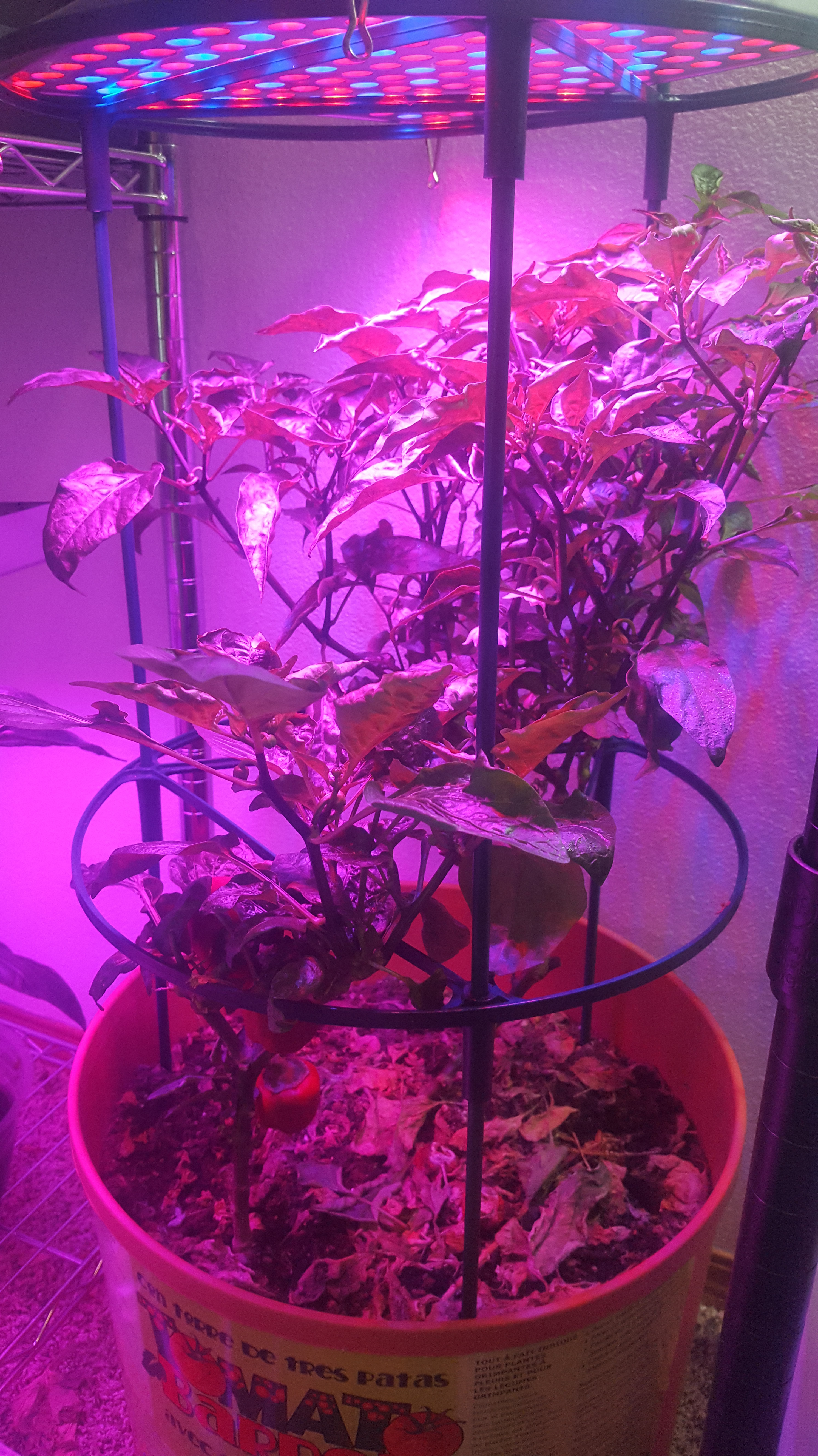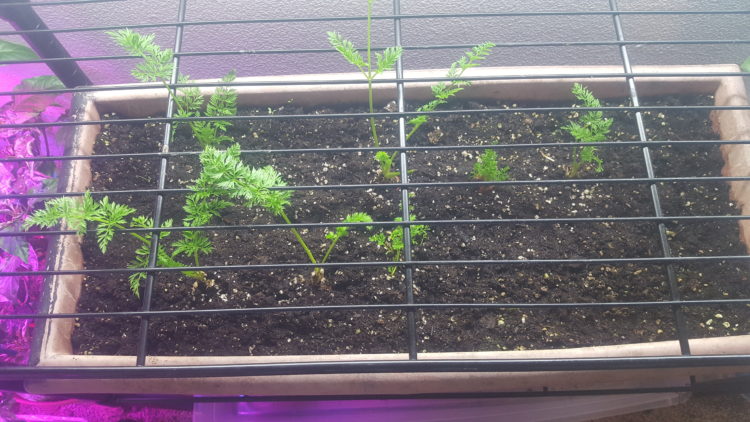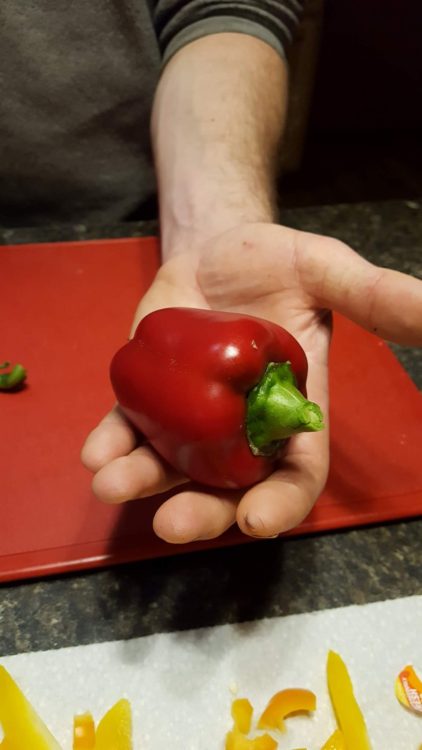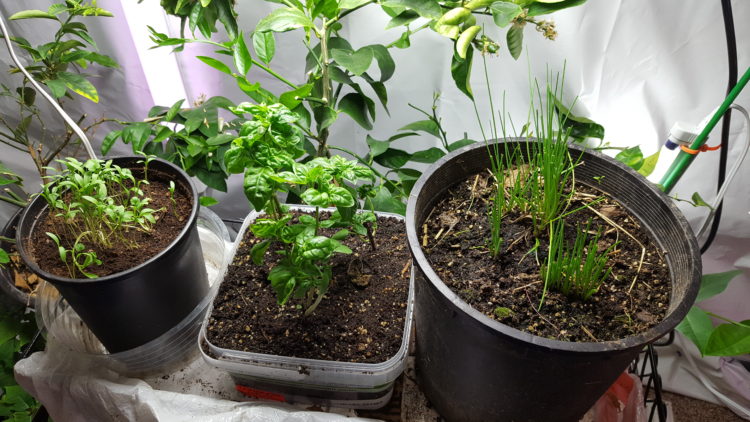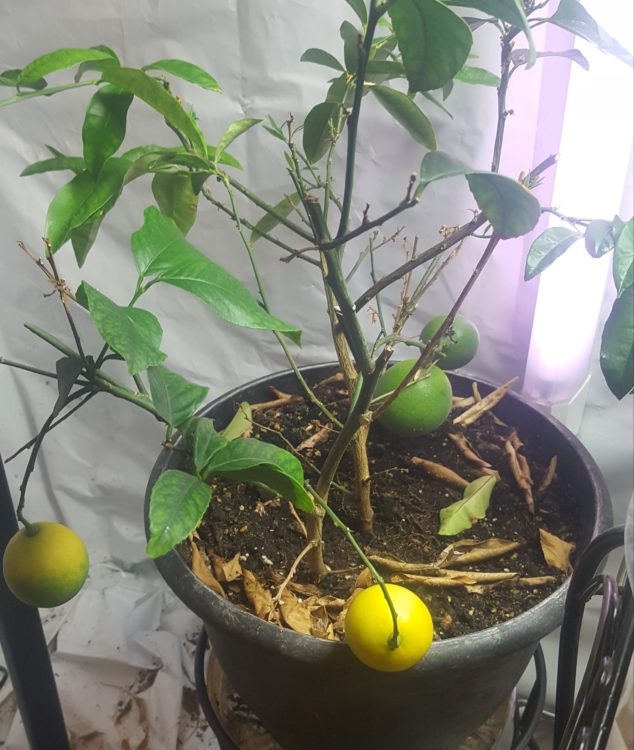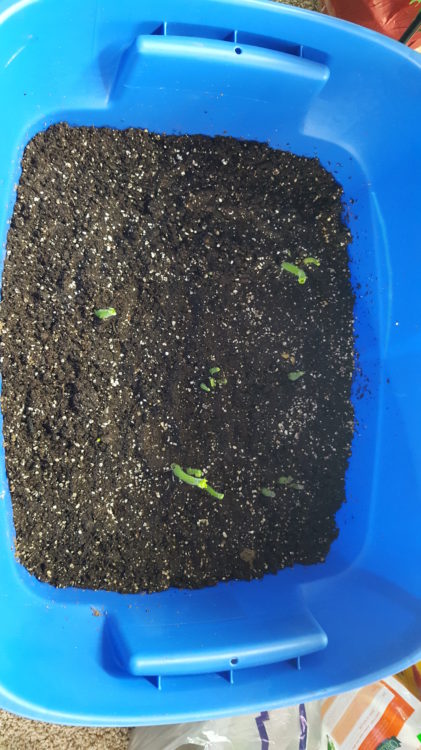Ever since I moved up to Alaska with my wife, we have tried to be more self sufficient. We have really been drawn into growing our own food, to include livestock. The challenge for us in Alaska is keeping our plants and livestock alive during the winter. The summers churn out many world record sized crops due to the extremely long and warm days. Winter, on the other hand, produces the shortest(4-5 hours of sun) and coldest(-30 to -40) days. The harsh winters here can kill most types of perennials if they are not bred to handle cold down to -50. For this reason, indoor gardening is probably your best bet for continuing production of certain plants like leafy greens and things like strawberries and peppers. For this article, I am just going to talk about some of the plants I have in my indoor greenroom and why I grow them.
THE FOCUS
When we start talking about indoor plant growing, we have to keep in mind that the point is to have the ability to be mostly self-sufficient. The reason for growing plants indoors at my house is not to have something nice to look at, but rather to have a healthy variety of foods to eat and cook with. The main focus, due to limited space, should be to grow plants that are nutrient rich and will give you the best return for your efforts. But don’t forget that some nutrients you need cannot be found in just one plant. You will need to do your research and find a variety of foods that give you a decent return in vitamins, minerals, and macro nutrients.
For my plant selection, I have a few plants that offer the same return in certain nutrients, but lead in one area over the others. Then I have certain plants that are just more versatile and can be used in more ways and in more dishes than others. The choice is yours, but I have spent alot of time deciding what plants are worth the investment. Now keep in mind that this is not an indoor garden that is designed to provide everything during the apocalypse. If that were the case, perhaps we would want to simplify the number of plants we have to a short list that will allow us to minimize the need for water and light.
This specific selection of plants require varying ranges of attention, and it is all based on my abilities, space, and the time I am willing to invest in these plants. Each person will have different capabilities, space, funds, and time, which will determine what they grow indoors.
LEAFY GREENS
For myself, I am a fan of almost all leafy greens. It does not take long to find leafy greens that are rich on vitamins and minerals that are essential to keeping your body functioning at peak efficiency, though caloric value in these leafy greens is incredibly low. If you can grow varieties of leafy greens that you like and enjoy using, it can save you a good deal of money down the road, and be incredibly rewarding. Below is a list of greens that I grow and why I grow them.
-Kale: Kale is one of the best greens as far as returns go. The leaves are packed with vitamins and minerals, while also offering a little protein and fiber. The texture and taste leaves much to be desired, but it can be added to many cooked dishes to help it be more palatable. I just use it in salads with some dressing, personally.
-Spinach: Spinach has some pretty awesome vitamin and mineral concentrations, but without the calories to follow it. When cooked, it can keep up with kale and even beat it in a few vitamin and mineral returns. This green can be eaten and prepared in almost any way, which makes it a nice green to have around. Healthy and versatile.
-Dandelion: Yup, that’s right. dandelions have been eaten and used as medicine for thousands of years. The entire plant can be used for a variety of things from adding the leaves to a salad or roasting the roots for a coffee substitute. The return you get from dandelion leaves is almost as much as you get from spinach, but you can use the whole plant for a variety of things.
All the greens I listed are my favorite to grow because they require little babysitting and they are easy to harvest without even killing them. The only exception to this is the dandelion since you can use every part of the plant if you wish.
Another benefit is growing these plants from seed does not take much time at all. They can also be used and prepared in several ways without destroying the nutrients that they offer. In fact, things like spinach actually should be cooked or blended in a smoothie in order to give you a better return in nutrients. Don’t underestimate the inherent medicinal power of leafy greens either. Just because they are not high in calories does not mean that they are not worth being grown and used.
OTHER VEGGIES
There are vegetables that I like to grow in order to provide a more diverse and balanced nutrient return, while also helping enhance the flavor of your meals. These veggies offer things that you may not be able to get from leafy greens like calories, protein, and higher concentrations of certain nutrients. Here is a list of the vegetables I like to grow and why.
-Broccoli: This vegetable is a powerhouse for sure. Raw, it has a higher concentration of vitamin C than an orange, and about as much calcium as whole milk. The plant can be a bit difficult to get control of since you have to trim the florets before they bloom. But if you take care of your broccoli plants, they will produce for you over and over again with increasing return as time goes on.
-Carrots: This veggie is one of the more versatile since it can be prepared and consumed in pretty much any way that you can imagine. Just a little bit of carrots can easily provide a huge amount of vitamin A to your diet. It takes some patience to get them to harvest. You can actually reuse the carrot heads to make more carrots, making this a somewhat renewable vegetable.
-Bell Peppers: I like growing these because they add a good deal of texture to my meals. If I am making burritos or a stir-fry, you bet that Bell Peppers are going to be included. They give a decent return in vitamin C, but not much of anything else. For the most part, the plants are easy to maintain and grow indoors as long as you provide a steady temperature and don’t let the soil get too wet.
-Onions: The onion is easily the most common thing to be used in cooking. It adds flavor, texture, and a little nutrition to pretty much any dish. While adding character to every dish, an onion may be more trouble than it is worth when it comes to growing. They are temperamental at times and can take a while to come to maturity.
The above listed plants are not the easiest to take care of and keep thriving, but they are some of the best sources of nutrition. The maintenance can be a headache for a few of these veggies, but it can pay off in the end if you find the time to work plant babysitting into your schedule.
HERBS
In history, there were many mentions to herbs and many greens being used to cure ailments and disease. The only reason I bring this up is because it kind of serves as a testament to how nutritious they can be when used regularly. I am not saying that I use them as a medicine, but using them as often as you can will no doubt provide many health benefits. I tend to try and use natural herbs and spices in order to get the flavors I desire since it tends to be a healthier option overall. I am all about having better health for myself and my family. You can make some pretty divine dishes with the right herb combinations.
There are many good herbs out there and they are generally quick to grow and easy to maintain and harvest. Here are a few of the herbs I love to grow all the time:
-Cilantro/Coriander: This herb is awesome for adding flavor and giving great health benefits at the same time. The listed vitamins that this herb provides is pretty anemic, but it seems that it reacts well with the body nonetheless. Most of my interest is in the flavors it offers me when I am making foods that need a kick in fragrance and taste.
-Basil: This herb is a pleasure to have around and in almost every dish from salads to marinades. It has a good set of health benefits while also having a nice aroma to it. It is easy to harvest the plant and get it to grow full and hearty. One of the easier herbs to grow, for sure.
-Chives: You can cut this herb down to the ground and it will still pop back up and grow again like an annoying weed. The return that this herb offers is pretty small unless consumed in great quantities, but the aroma and the flavor it offers is worth it. Plus, it is as easy to maintain as grass in your yard. Simply water it now and then and cut it when you want an herb that provides a subtle hint of onion/garlic flavoring.
FRUIT/CITRUS
There are very few fruits that I am willing or able to grow indoors due to time and space required. But the ones I do grow inside are very useful to us.
–Strawberries: These are a relatively easy fruit to take care of and grow, but pollinating them is an issue at times. Nowadays, I try to keep a few strawberry plants inside during the winter and then leave them outside during the spring and summer. My wife loves strawberries, but is not into spending almost $5/lb. for them.
-Lemons/Limes: These plants are basically the easiest thing to take care of. They don’t require much water, and they are slow growing. It ends up being a waiting game for the lemons and limes to be ready, but it is fun to watch them grow. They are not always needed in our household, but we find plenty of ways to use them when it is time to pluck a couple off the trees.
POTATOES
Potatoes are a big thing for my household to the point that I grow them indoors during the winter in big storage bins. They take some time to grow to maturity, but they offer so much in terms of calories and just energy overall. They are very filling and you can add them to pretty much anything. They are relatively maintenance-free except for periodic watering, and they give back alot in return.
RISK VS REWARD
One of the greatest hazards to growing food indoors is that the plants and the humidity they put off will be quite attractive to pests. You will want to monitor the plants and the room they are grown in. Ladybugs are a good way to control pests naturally, but you may also wish to invest in fly tape and organic pesticides. The problem with using any chemicals, organic or otherwise, is that you must diligently follow instructions and be sure that you rinse your food before enjoying.
Growing indoors is not quite a fine science, but you do need to be in tune with what your plants are telling you. If you pay attention and keep your plants adequately watered and give them plenty of light, they will most likely surprise you with big and healthy produce.

